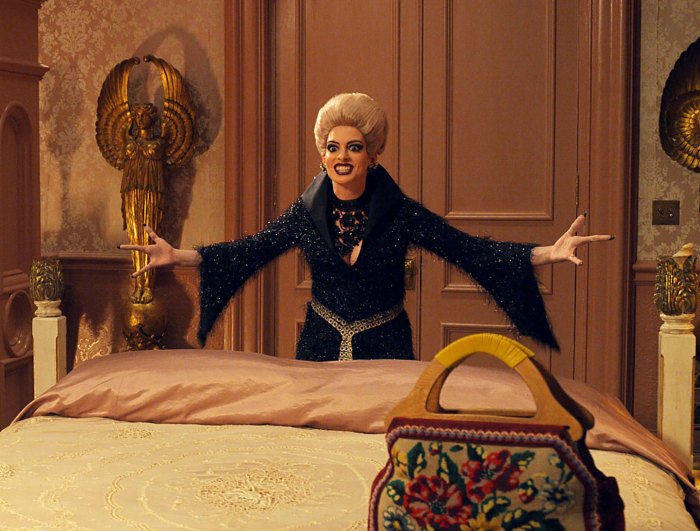Misrepresentation in Pop Culture
Research shows the portrayal of characters with disabilities and limb differences in pop culture encourages the belief and spread of stereotypes.

By Rachel Knight ‘18
After its October release, the latest film adaptation of Roald Dahl’s 1983 book The Witches quickly found itself embroiled in controversy. The film stars Anne Hathaway as the villain—the Grand High Witch—whose hands have two fingers and a thumb and resemble a real condition known as split hands, or ectrodactyly. People (including paralympians) with limb differences began posting photos of themselves on social media with the hashtag #NotAWitch in response to the movie.
The Witches is but a recent example of what some have called the misportrayal of disabilities and physical differences in popular culture. To combat this, experts say it’s important for storytellers to understand the power of their work, as stories shape how we view each other.
“Stories can influence any message because of the power they have to make an emotional connection,” explained Michelle Simms, a lecturer in the College of Liberal Arts who teaches the language of film. “As a visual medium, films have the added weight of ‘testimony’ because we tend to become so engrossed in the visual experience. Those emotional connections can be so powerful that they can create a change in heart and mind in the viewer.”
Simms said when filmmakers and writers only show characters with disabilities or physical differences as villains, they reinforce stereotypes which further dehumanizes real people who look like fictional characters. It’s a common practice in visual storytelling to use physical features of a character or an object in a scene to represent an internal characteristic or mood.
“For example, a withered hand might represent damage to a character’s ability to connect to the world around him,” Simms shared. “But such physical characteristics become especially problematic when they’re used to represent an evil character or characteristic—in essence, saying that the deformity is the result, or evidence, of evil or other moral defect.”
Hilaire Kallendorf, a professor of Hispanic and religious studies and a Cornerstone Faculty Fellow, researches aspects of religious experience, especially as belief relates to literature and culture. Kallendorf said the Greek philosopher Plato’s beliefs continue to influence societal stereotypes about people with disabilities or physical differences.
“He believed that beauty of body reflected beauty of spirit or soul,” Kallendorf explained. “Western culture is still unconsciously influenced by Plato’s aesthetics in thinking that beautiful equals good in an ethical sense. The obvious counterpoint is that ugly equals bad.”
Brian Rouleau is an associate history professor at Texas A&M. His research traces the importance of youth culture in educating Americans. He found that meaningful change in the U.S. has often been driven by youth activism. Rouleau argues that removing people with disabilities or physical differences from stories we share with children would be a mistake.
“Filmmakers and television writers should not pretend disabilities and physical differences don’t exist. They do, and children are very much aware of it,” Rouleau said. “Better to confront these issues early, encourage an open dialogue, let kids ask questions, and try to create an environment where young people learn to see a physically different or disabled person as no different than themselves.”
In addition to casting more people with disabilities and physical differences, Simms said filmmakers should learn more about and understand the power of film language to prevent misrepresenting disabilities and physical differences in films.
“Creating characters that aren’t reductions of stereotypes is really important. Ask yourself those tough ‘why’ questions: ‘Why would a deformity represent something other than a deformity for this character?’ Being aware of our hidden biases, and revealing them, is so important.”
Writers and filmmakers can also improve society’s understanding of disabilities and physical differences by starring people who already face those challenges, Rouleau explained.
“Societies tend to become more comfortable with a subject once they see it broadcast or depicted as ‘ordinary’ on TV and in the movies,” Rouleau shared. “Support for things like desegregation, interracial marriage, civil rights, and gay rights tends to increase once those issues receive more sensitive treatment within popular culture. I see no reason why that wouldn’t apply to disabilities and physical differences as well.”
